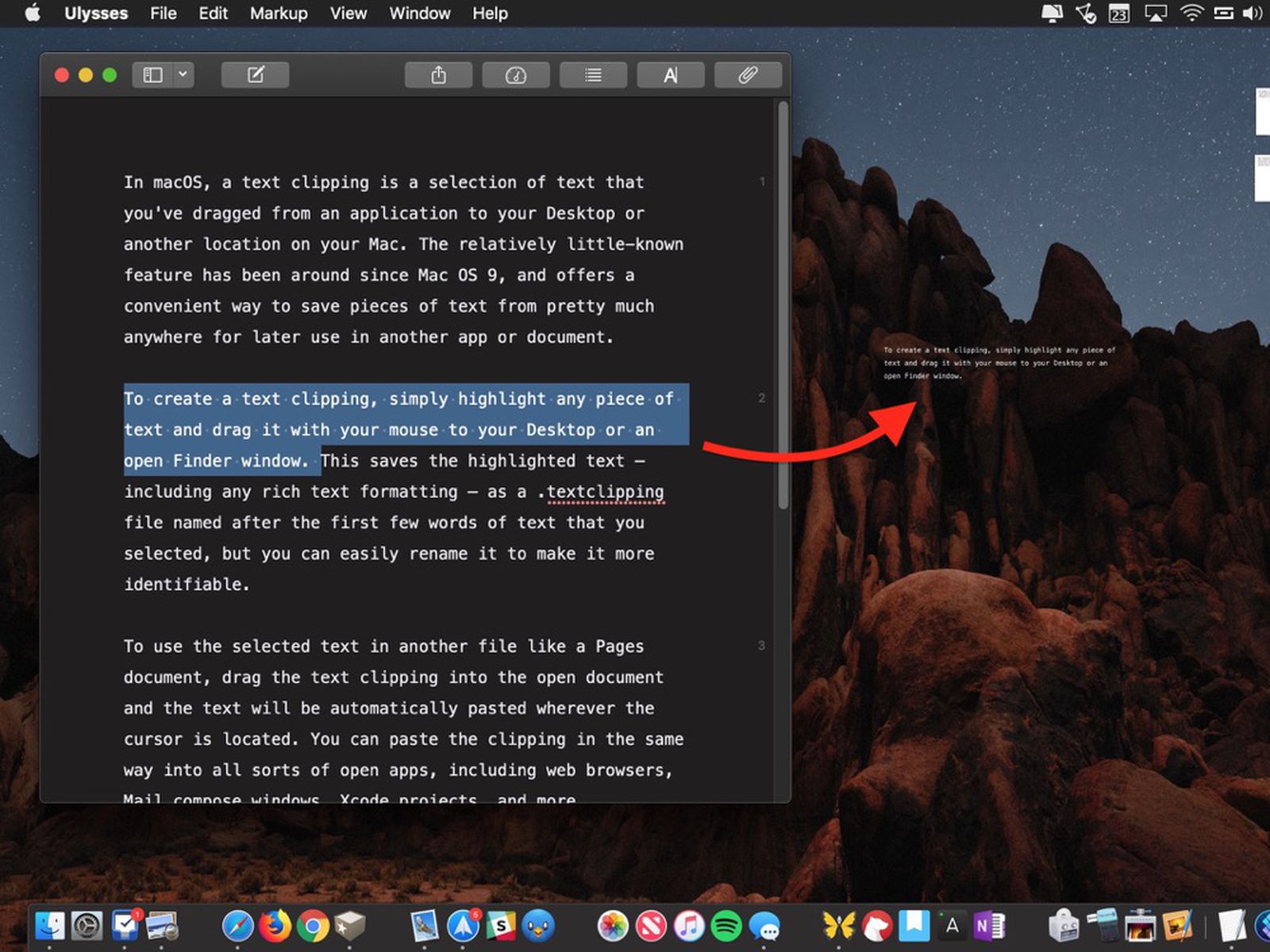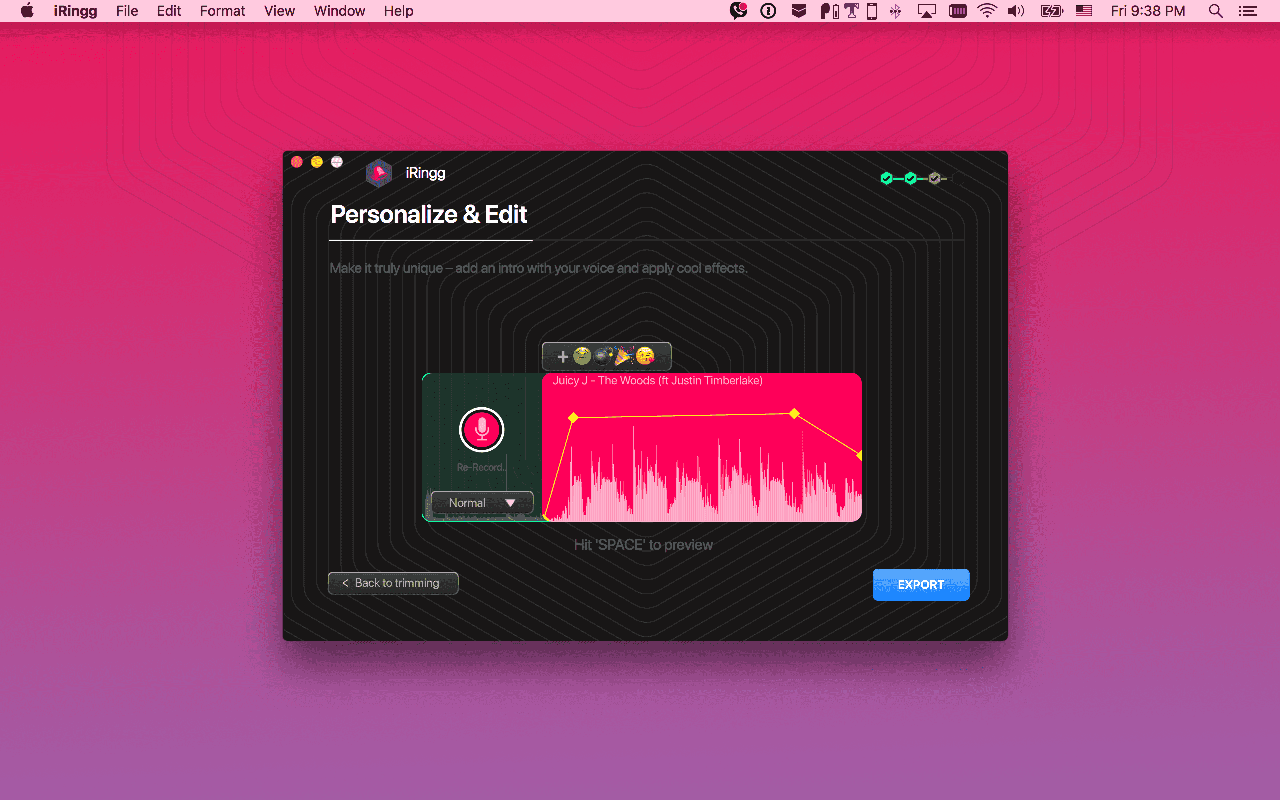Fragments Of Light Mac OS
Q Others used to advise periodically defragmenting files on your startup drive, and you used to recommend defragmenting its free disk space. Do these still apply to El Capitan, and if so, how should I do them?
Support for Macintosh clones was first exhibited in System 7.5.1, which was the first version to include the 'Mac OS' logo (a variation on the original Happy Mac startup icon), and Mac OS 7.6 was the first to be named 'Mac OS' instead of 'System'. These changes were made to disassociate the operating system from Apple's own Macintosh models. Dec 26, 2018 The Light theme in Mac OS was the default visual option on the Mac for ages, but with MacOS Mojave came the new visual option for enabling the Dark mode theme for the Mac interface. Many users may have chosen the Dark mode theme during the initial setup of MacOS, or another time, but later may want to set their Mac to use the brighter Light. LTB-Light is a Mac OS X application that permits natural and artificial lighting calculation with a color radiosity method applied to a finite elements plan. LTB-Light runs under Apple Macintosh. In a comment on the current answer, poster pointed out they were using OS X. – TBBle May 3 '17 at 10:38 Possible duplicate of IP Don't fragment bit on Mac OS – TBBle May 3 '17 at 10:38 Add a comment.
A These are traditional housekeeping measures which were once considered to be very important to optimise performance in OS X and its applications.
Fragments Of Light Mac Os 7
Color management problem on Mac OS X 10.10 The images look much brighter and significantly less saturated compared to other color managed programs like Gimp. All my files have Adobe color space embedded.
Fragments Of Light Mac Os 11


The theory behind defragmenting files is that reading from hard drives is quickest when the drive does not have to keep chasing fragments of the file which have become scattered to different parts of the drive. The theory behind defragmenting free space is to ensure that OS X and applications can obtain contiguous areas of free disk space for their scratch and working files, again to improve their speed of access.
These have become progressively less important as OS X has become better at performing its own background housekeeping to minimise the fragmentation of files, and as SSDs have become more widely used. You should never attempt to defragment files or free space on an SSD: that would be pointless, and would shorten its working life.
Fragments Of Light Mac Os Download
If you use an SSD as your startup drive, or have a Fusion Drive, you definitely need not worry about file or free space fragmentation.
If you still start up from a normal hard drive, then there might be some benefits in periodic defragmentation. But it is more important to keep ample free space, so that OS X can do its housekeeping, and obtain the scratch file space it needs.
The other side to this is that El Capitan is not as easy to defragment either. There are still some file defragmentation tools, but I would be wary of using them at present. The old trick of cloning your startup drive to an external disk, and cloning it back to the startup drive, is now fraught, and could leave you with a system which cannot boot from either drive. This is because of the way that the Recovery partition is implemented, and gets to be more of a problem if you are using a Fusion Drive.
So for the moment, probably with Yosemite and certainly with El Capitan, you should keep ample drive space free, but not worry about defragmenting either files or free space. That should keep life simple, reliable, and stress-free.